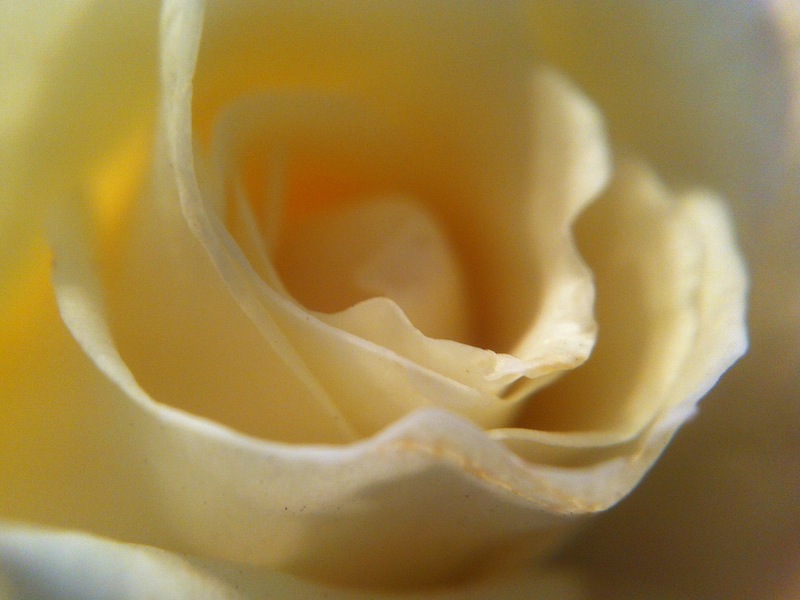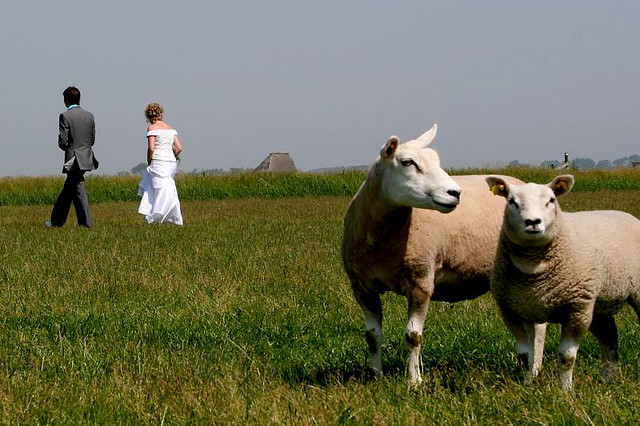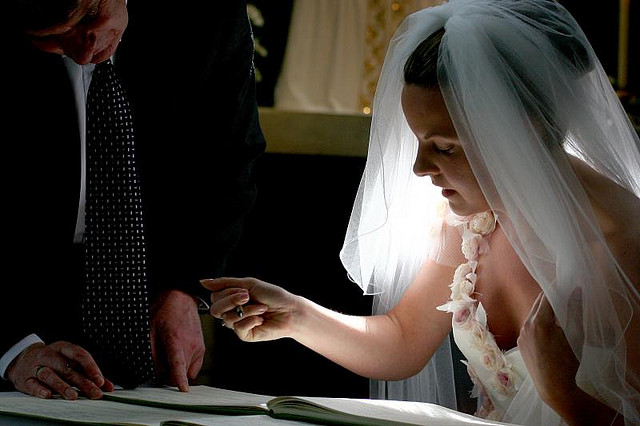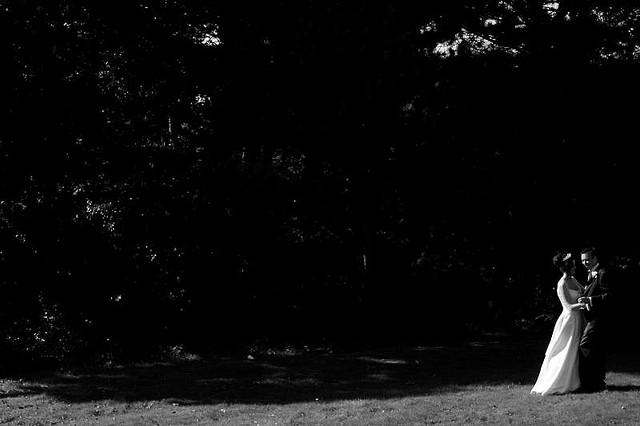Beautiful vistas don't have to be difficult to capture panoramically. Read our simple step-by-step guide.
Let wedding photographers do their jobs; or why you can't expect a disc of unedited images on the cheap
Oh dear. That was a bit awkward. Sitting on the floor at my nephew's birthday party, trying to capture pass-the-parcel photos that weren't anything other than wadges of wrapping paper thrust towards me in a multi-coloured de-forested haze, I encountered a fairly recently married and really rather belligerent woman who who wanted to berate me for the fees charged by photographers. In particular, she was infuriated that her wedding photographer wouldn't just hand over a DVD of all the original images from her big day and couldn't understand why they needed to be edited and why she couldn't have them straight away. Yes, oh dear. Despite being focused on my attempts to capture my nephew smiling and my niece not resembling a demonic, sugar-crazed monster, I did try to offer a reasonable explanation for why her wedding photographer wouldn't just hand over raw images for a flat fee. Naturally, I coined what I think is the perfect analogy when it was too late and I was on my way home. Thus for the benefit of everyone who might yet face this scenario, here it is:
Asking a photographer to hand over a memory card, USB, or DVD of raw images is akin to asking an author to present you with their book in manuscript format: unedited, unformatted, and including the paragraphs and chapters that didn't make it.
For any brides, grooms, or parents of the soon-to-be- or just-marrieds out there who might be wondering the same thing, I hope this helps.
A bundle of unedited, unprocessed images isn't the whole story, the right story, or the finished story. You have to trust the photographer to produce a final version that's just right, as right as a book is on publication, as a painting on hanging in a gallery, or as a sculpture upon exhibition. What you're paying for is the complete product, finished by the photographer and making use of all of her or his skills. While any photo needs to be properly exposed and well composed, there are adjustments and edits that need to be made in post-production. And sometimes, they look better in black and white, too. This is all a part of what a photographer does; it is an integral part of of the process of creating images.
To continue with the book/author analogy, when you purchase a book, you don't get to choose the words on the page, or the images that might illustrate it; what you do get to choose is the format in which it comes, whether that's a signed hardback copy or a digital download. When your wedding photographer has done her or his job to tell the story of your wedding day, you can select from luxury albums or USB transfer.
If you're still not sure why photography is so expensive, there are plenty of photographers who've done their best to break down their costs and explain why wedding photography starts at around £1,500. (Yes, there are people who do start cheaper, and some more expensive. It's an average figure.) We even have an article covering it here on Photocritic. However, hoping that you'll be able to reduce your costs by asking for unedited images in digital format is a misrepresnetation of your wedding photographer's job.
I don't especially want to launch into a 'you get what you pay for' tirade about the perils of hiring an inexperienced photographer and the images from your wedding day being an unmitigated disaster. I understand that some people have very restricted budgets and finding the fees requested by some photographers is beyond them. There are photographers to suit every budget; you need to be certain of what they can provide and if it meets your expectations, but you must let them do their jobs. And that job is a finished product, just like an author's book.
What's Nokia brought to the mobile photography landscape with its new phones?
There's been a lot of love for the cameras that Nokia have been squishing into their mobile phones of late. It isn't just about the 41 megapixels found in the Lumia 1020, but more about their cameras' quite impressive low-light capability, image stabilisation, and the control that the camera app affords you. With the anouncement of the Nokia 1520 and 1320 in Abu Dhabi today, has anything new been brought into play in the smartphone landscape? Let's start with introduction of a Windows phone-compatible Instagram app. Instagram is hardly new to smartphoneography and if filtered, shared photos don't float your boat, it'll hardly seem like a big deal. However, for people at Microsoft and Nokia, the lack of an Instagam app on their phones was considered to be a significant factor in holding back sales of their devices when compared against Instagram-friendly iOS and Android. The Windows phone has now been opened up to a wealth of people who might otherwise have dismissed it out-of-hand, and with it, its camera's capabilities and functionality have been pitted against those of other manufacturers.
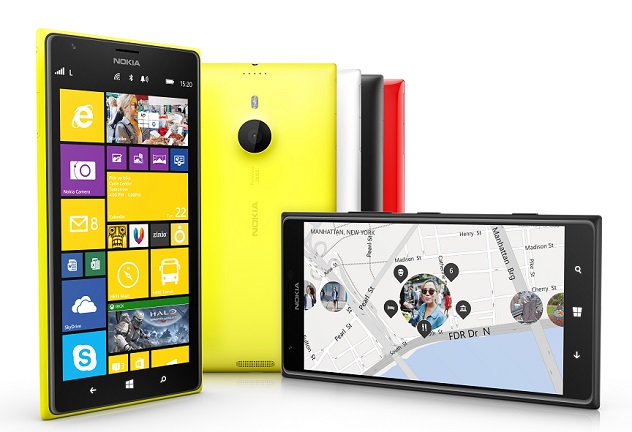
Lots of the other toys might not bring anything revolutionary to the Lumia cameras, but they are fun and functional.
The new Refocus app isn't new to camera technology—it's the same idea as a Lytro, allowing you to refocus your images after you've taken them—and something similar is available for iPhones, with the Focus Twist app, but it is bringing more functionality to Nokia phones and giving more options to users. Refocus also allows your Facebook friends (and other socially networked people) to fiddle with your photos and interact with them.
The Beamer app and the Storyteller function are meant to make Nokia phones more interactive, too. Beamer will allow you to share photos with anyone whose screen is compatible via a via social media, email, or SMS link. Storyteller creates a temporal story of your photos, placing them on a map along with chronological notation.
Previously, there were two separate camera apps in Nokia phones: Smart Cam and Pro Cam. These have now been combined into a single Nokia Camera app, which should make shooting quicker and simpler.
But the introduction of Raw file support does signal that Microsoft/ Nokia does mean business with its cameras. If they can do it, why shouldn't or couldn't any other camera manufacturer? We're seeing the gradual adoption of larger and larger sensors into smaller and smaller camera bodies; why not the introduction of Raw files into smartphones as standard?
Improving Raw-to-JPEG conversion is all well and good, Google, but photographers need Raw editing power
Plenty of people seem to be excited, or at least pleased, by Google's announcement that it has improved its Raw-to-JPEG conversion process for image files created by over 70 different cameras. I, however, cannot help but feel that Google, and the Nik Photography team that worked on the project, have overelooked one of the key factors that motivates photographers to shoot in Raw: we like the flexibility that it provides us.
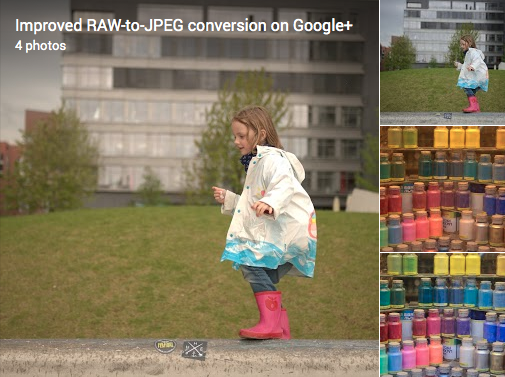
The Raw-to-JPEG conversion process doesn't allow photographers to make edits to the Raw file, where the majority of the data are stored and where the photographer can have the most significant impact on the final version of her or his photos. Instead, it converts the Raw file to JPEG and expects the photographer to make edits to an already adjusted image. An image that has been adjusted according to what the conversion programme deems best, not the photographer.
It's a process that rather defeats the purpose of shooting in Raw.
I might as well shoot in JPEG format and allow the camera to make the development choices if I'm going to shoot in Raw and then let a series of Google-written algorithms develop my photos for me. It'd save oodles of storage space.
If Google is anticipating that photographers are using Google+ as a back-up of Raw files and just want a glimpse of them in JPEG for identification purposes, that's all well and good, although it does strike me as a ridiculous waste of development time to produce something they believe so sophisticated for what's a relatively trivial demand. Should the aim be for Google+ to rise as a serious contender for serious image storage and processing, it needs to rearrange its cart-and-horse configuration.
For completeness, the cameras whose files are supported by the new conversion process are:
Canon EOS: 100D, 1000D, 1100D, 1D Mark III, 1D Mark IV, 1Ds Mark III, 1Dx, 20D, 30D, 350D, 400D, 40D, 450D, 500D, 50D, 550D, 5D, 5D Mark II, 5D Mark III, 600D, 60D, 650D, 6D, 700D, 7D, M Canon Powershot: G12, G1X, S100 Nikon: 1 J1, 1 J2, 1 J3, 1 S1, 1 V1, 1 V2, Coolpix A, D300, D300s, D3000, D3100, D3200, D4, D40, D40X, D5000, D5100, D5200, D600, D700, D7000, D7100, D800, D800E, D90 Olympus: OM-D E-M5, PEN EP1, PEN EP2, PEN EP3, PEN EPL3, PEN EPL5 Panasonic: LUMIX DMC GF1 Sony: Alpha 700, NEX-5, NEX-5N, NEX-6, NEX-7, NEX-C3, NEX-F3, RX1, RX100, SLT Alpha 55, SLT Alpha 77, SLT Alpha 99
(Headsup to ePhotozine; full details on Google+.)







